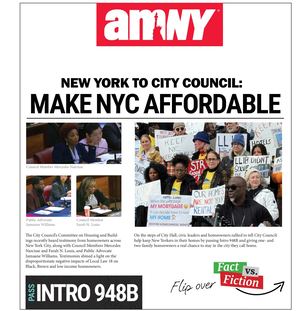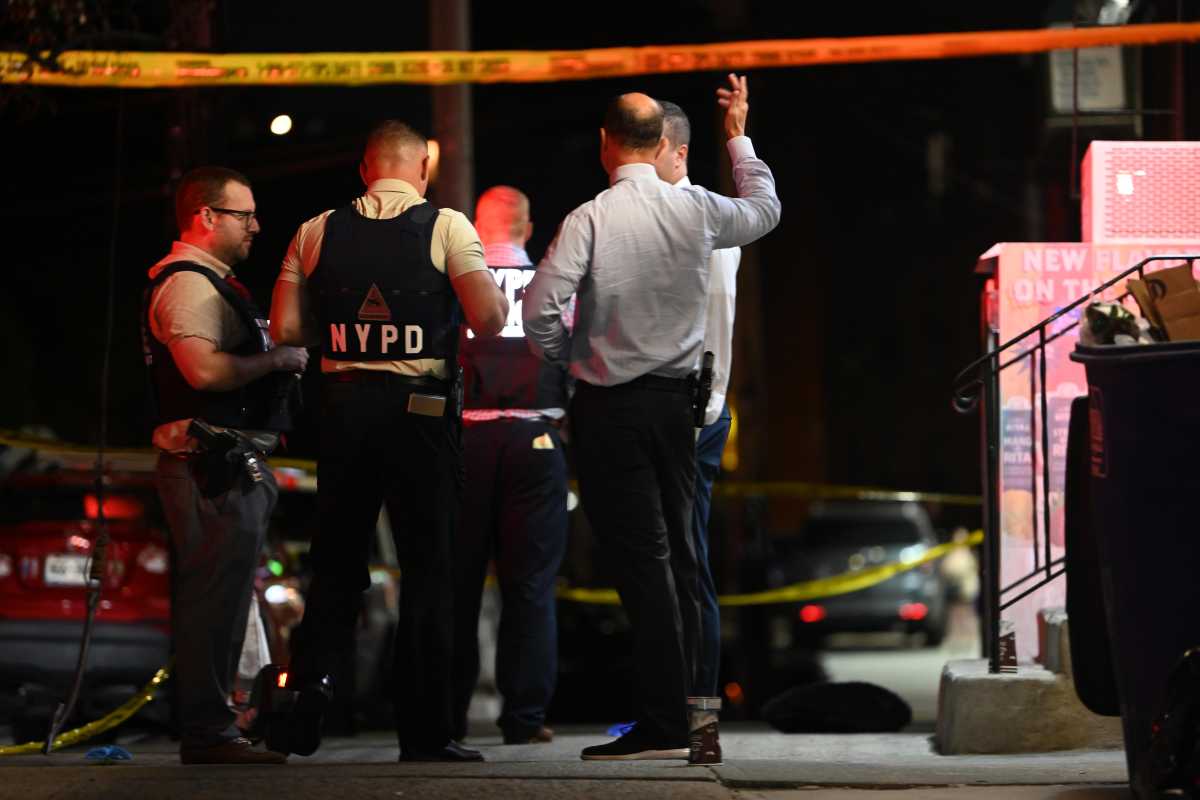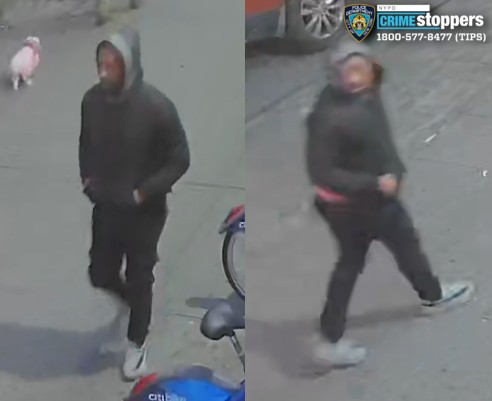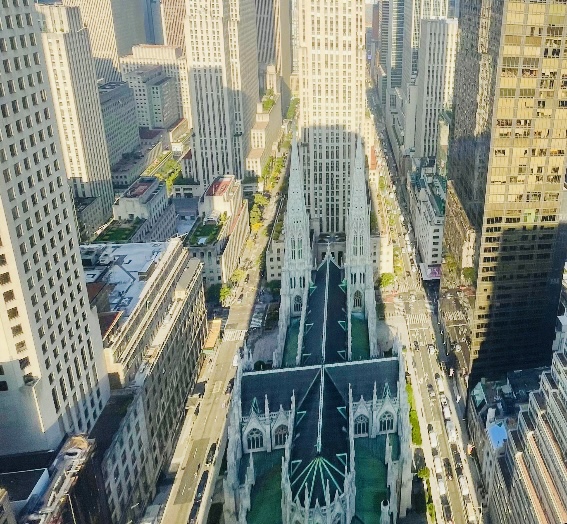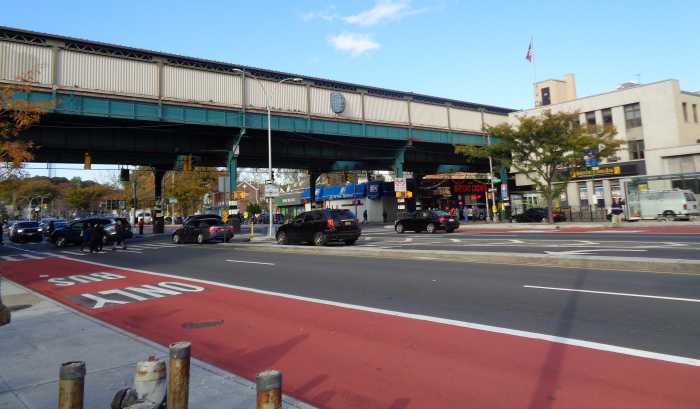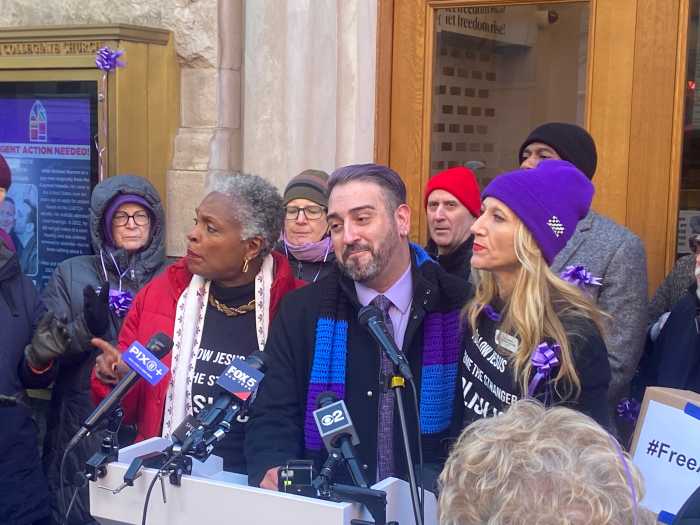Camera footage helped substantiate 7 percent more Civilian Complaint Review Board cases last year compared to cases without video, according to a new report released by the agency Wednesday.
These statistics, according to the CCRB, show that police-worn body cameras could help resolve cases involving police misconduct allegations. The NYPD is expanding its use of body cameras and expects to have deployed 5,000 cameras through 2018 and about 22,000 by the end of 2019.
The report shows that last year the CCRB was able to close out 57 percent of allegations with video available on the merits — when a “preponderance of the evidence substantiates, exonerates, or unfounds allegations” — compared with closing out only 43 percent of allegations without video on the merits.
“Video can be the difference between being able to determine what happened in a complaint under investigation,” CCRB chair Maya Wiley said in a statement. “This analysis primarily highlights CCTV and witness video, but it does suggest how body-worn camera footage can potentially strengthen police accountability and transparency, while also supporting officers who behave lawfully.”
Last year, the CCRB substantiated 17 percent of cases when video was available, including surveillance cameras and witness videos, compared to substantiating 10 percent of cases where there was no video, according to the report. In 2015, the agency substantiated 23 percent of cases with video, compared to 11 percent of cases without available video.
A substantiated case is one in which the agency determines there is sufficient credible evidence to support the allegation against an officer. After a case is substantiated, it is sent to the police department with a disciplinary recommendation.
A “very limited” amount of footage from the NYPD’s first pilot program, which ran from December 2014 to March 2016, was included in the analysis, according to a representative for the CCRB.
Last month, the NYPD rolled out its nearly 1,200-camera pilot program in the 34th Precinct in Washington Heights, the first of 20 precincts slated to receive cameras.
The department’s policy states that officers turn their cameras on for several interactions, including all uses of force, all arrests and summonses, and all searches of people and property.
A representative with the department did not immediately respond to a request for comment on the CCRB report.
“The CCRB’s findings confirm what we already know to be true: police worn body cameras have the ability to create a fairer criminal justice system,” Public Advocate Letitia James said in a statement. “Footage from these cameras provides the impartial evidence we need to both hold bad actors accountable and exonerate those who have been wrongly accused.”
Shelby Chestnut, a spokeswoman for Communities United for Police Reform, said in a statement that the analysis proves New Yorkers should continue to document contentious encounters with police, but blasted the body camera program.
“The NYPD’s body worn camera policy is a disaster for police accountability, obstructs transparency and there is no basis to support the conclusions about body cameras being made in this press release,” Chestnut said.
But Heather Mac Donald, a fellow with the Manhattan Institute, said more transparency can only be a good thing.
“Videos don’t always give the full account of an interaction … but they’re here to stay. There’s no going back on this,” said Mac Donald. “I think if they substantiate claims of force or abuse, that’s a very good thing. Officers need to be held accountable for their behavior.
“If it helps resolve those bogus complaints more quickly, that’s also for the good,” she added.
